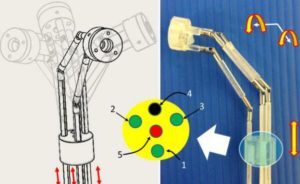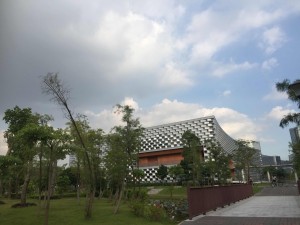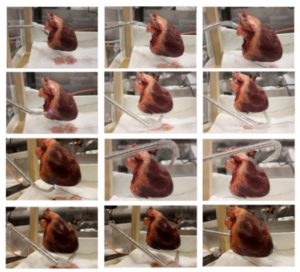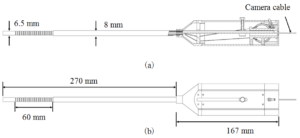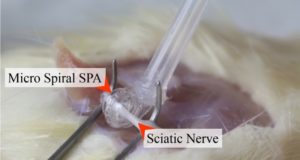Modular Credits: 4 Class Size: 95
Learning Outcomes
At the end of this course, students should be able to:
- Draw free body diagrams and identify unknown reaction forces and moments
- Solve statically determinate problems involving rigid bodies, pin-jointed structures
- Understand the concepts of engineering stress, strain and materials behaviour
- Determine the load distributions and corresponding stresses and strains in structures under tension, shear, compression, torsion and bending
- Design structures to prevent failure including buckling
- Describe the anatomical structures of the major joints and spine of a human body and relate to body movement and functions
- Analyze the kinematics & kinetics of human movement
- Explain the time dependent behavior of human movement
Prerequisites
PC1431 Physics IE
Teaching Modes
|
Lecture |
Tutorial |
Lab |
Lecturer |
|
|
Wk 1: 9 Jan |
Wk 1: – |
Wk 1: – |
Prof. Lim Chwee Teck |
|
|
Wk 6: 13,16 Feb |
Wk 6:- |
Wk 6:- |
A/Prof. Toh Siew Lok |
|
|
18 – 26 Feb RECESS WEEK |
||||
|
Wk 7: 27 Feb |
Wk 7: 2 Mar |
Wk 7:- |
||
|
Wk 9: 13 Mar |
Wk 9: 16 Mar (Quiz) |
Wk 9:-15, 17 Mar |
Asst Prof. Ren Hongliang |
|
|
Wk 17 Apr |
Reading Week |
|||
|
Wk 15: 22 Apr onwards |
Examination |
|||
|
Module |
Lab Group |
Lab Time |
Exp 1 |
Exp 2 |
|
BN2204 |
U01 |
Wed 2 – 5 |
25-Jan |
29-Mar |
|
BN2204 |
U02 |
Wed 2 – 5 |
1-Feb |
22-Mar |
|
BN2204 |
U03 |
Wed 2 – 5 |
8-Feb |
15-Mar |
|
BN2204 |
U04 |
Wed 2 – 5 |
15-Feb |
8-Mar |
|
BN2204 |
U05 |
Fri 9 – 12 |
20-Jan |
17-Mar |
|
BN2204 |
U06 |
Fri 9 – 12 |
3-Feb |
24-Mar |
|
BN2204 |
U07 |
Fri 9 – 12 |
10-Feb |
10-Mar |
|
BN2204 |
U08 |
Fri 9 – 12 |
17-Feb |
31-Mar |
Syllabus
- Introduction to Biomechanics
- Statics applied to Biomechanics
- Characteristics of Forces; Static Equilibrium of Rigid Bodies
- Introduction to Mechanics of Deformable Body
- Concept of Stress and Strain
- Basic mechanical loads
- Behaviour of elastic and viscoelastic materials
Prof Toh S.L.
- Indeterminate systems (Axial & Torsion)
- Combined stresses
- Failure Theories
- Fatigue & Endurance
Prof Ren H.L.
- Biomechanical analysis of human motion
- Body and joint movement
- Kinematics – Linear and Angular
- Kinetic – Linear and Angular
- Gait analysis
- Inverse dynamics and link-segment modelling
Workload Components : A-B-C-D-E
A: no. of lecture hours per week
B: no. of tutorial hours per week
C: no. of lab hours per week
D: no. of hours for projects, assignments, fieldwork etc per week
E: no. of hours for preparatory work by a student per week




